Syllabus
April 28 Assignment
I assume after reading each article that you will have questions on something you don't understand or that you want to know more about. I will answer your question because I want you to learn, and during this world changing event, I do not want to burden you. So your...
read moreMay 5 Assignment
I assume after reading each article that you will have question on something you don't understand or that you want to know more about. I will answer your question because I want you to learn, and during this world changing event, I do not want to burden you. This...
read moreApril 21, 2020 Assignment
I assume after reading each article that you will have question on something you don't understand or that you want to know more about. I will answer your question because I want you to learn, and during this world changing event, I do not want to burden you. So your...
read moreThe Planet That Went Ape
https://physicalrules.com/wp-content/uploads/2020/04/The-Planet-that-Went-Ape.pdf
read moreKnow Brainers
https://physicalrules.com/wp-content/uploads/2020/04/Know-Brainers-HANDOUT-J.-Blaydes-Madigan-2.pdf
read more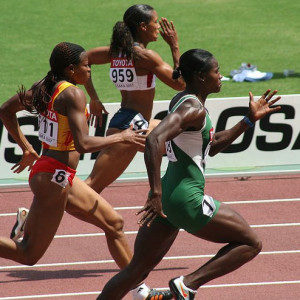
Week 5. Glycogen Storage, Depletion, and Repletion
Men and women store carbohydrates – renamed glycogen – primarily in muscles.
On a so-called normal carb diet (CHO diet) a woman stores almost 300g total glycogen in her body and a man stores 400g total.
The liver is like a spare gasoline tank for the body to store carbs; it stores approximately 50g glycogen in both men and women.
The main reason for storing glycogen in muscles is for when you exercise hard – your muscles cells have stored fuel on-site – so there is no delay to deliver fuel and sustain high intensity exercise.
HOW IS GLYCOGEN MADE IN THE BODY?
read more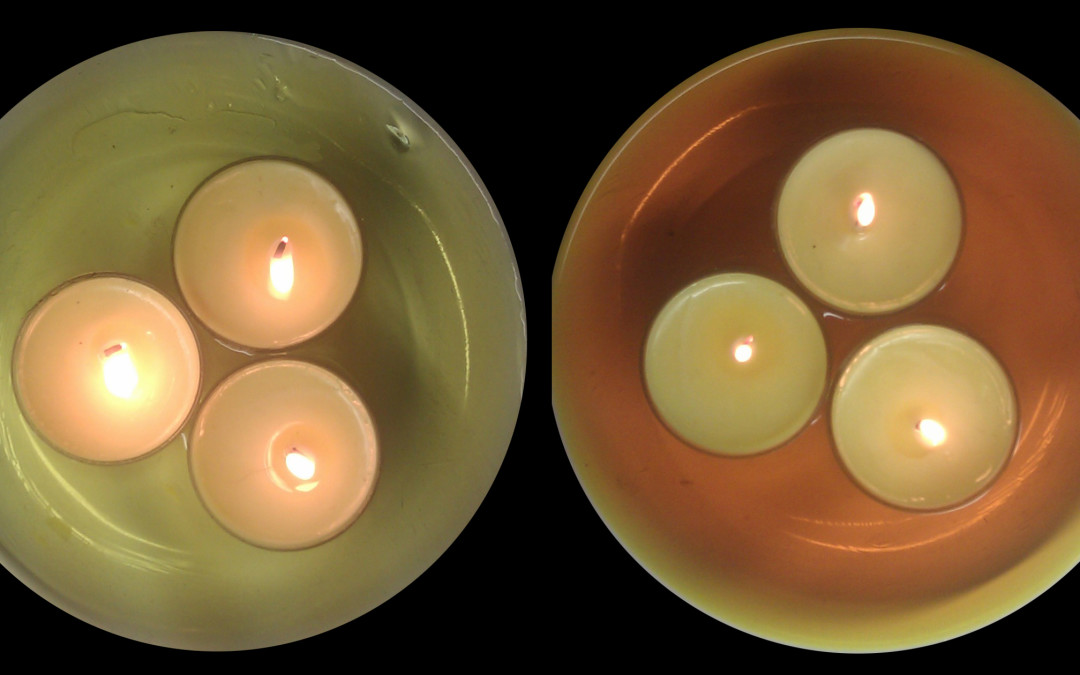
Week 4. Glycolysis Visualized
Can you sprint without breathing? Yes you can, but why? The answer is, "Because it's powered anaerobically." That is, your muscle cells produce the power without oxygen. This process or type of metabolism is called by these names: Glycolysis Sugar fermentation...
read more
Week 6. Fitness Lab – Lactate Testing
1. Non-Traditional Lacate Testing:
Rather than perform a lactate test the traditional way – biking or running – we’ll test lactate through a variety of strength and resistance exercises, including classic Olympic weightlifting.
This provides a broader and more complete understanding of how different types of exercise use calories and fuel substrate. Get ready to have some fun testing this out!
read more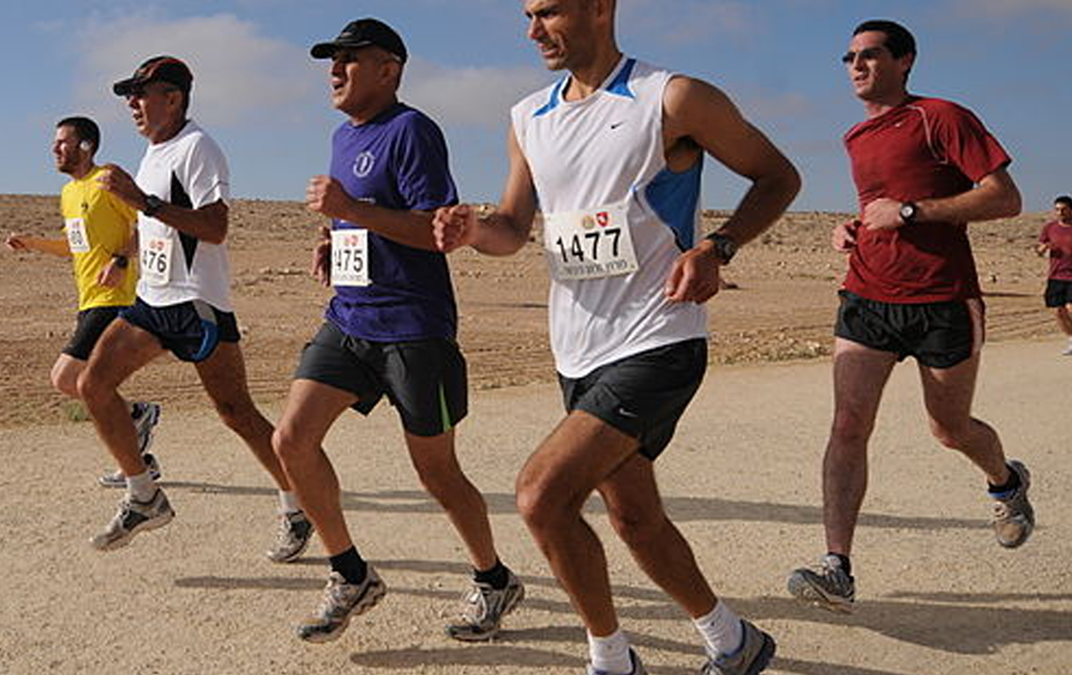
Week 7. Carbohydrate (‘Plant Based’) Sports Nutrition for Maximum Performance and Health.
When it comes to endurance training or ‘cardio’ training do you know the right intensity for increasing your client’s ability to run, bike, or row at the fastest speed that will not lead to exhaustion, overtraining, or injury?
The transition from ‘just the right dosage’ to ‘too much’ occurs very quickly over a very small increase of speed or intensity – and coincides with the need to eat either a lower or substantially greater carb intake.
read more
Week 10. Nutrition Facts Labels and Conventional Dietary Structure: Perceptions and Ignorance, Pitting The Experts vs The People
This infographic serves as a perfect specimen to critique conventional dietary structure and the training nutritionists receive, and additionally serves for exploring peoples’ perception and inconsistencies – or I should say peoples’ consistency of rating certain foods more healthy (or less so) differently from one another.
To make this critique interesting, we’ll use the numbers from a Kind Bar’s Nutrition Facts to obtain the DRI for carbs, fat, and protein. This can be done using ANY product label.
read more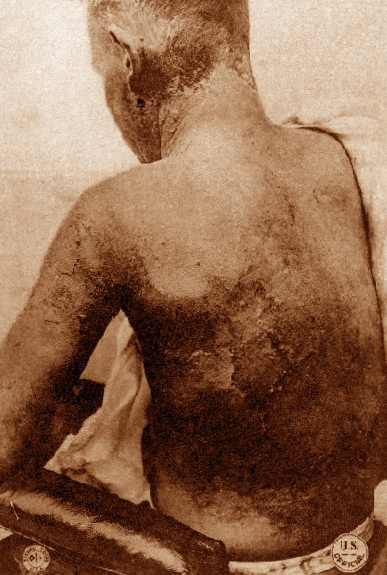
Week 9. Protein for Regeneration of Muscle, Immune Function, and Healing
Burn surgeons at Harvard once posted the nutritional regimen for promoting anabolic growth of muscles, which is critical for burn victims who must fend off infections and sometimes must regenerate lost muscle from burns before healing of wounds can occur!
This information is no longer available anywhere. The website no longer exists, not even in the internet archives. I only have it because I printed copies of it in 1996 and now have it as a PDF for students read.
read more
Week 11. Pure Strength & Speed Training – The Science of Power
Maximum Strength vs Max Contraction Speed
Classic power lifts do not maximize explosive ability because moving very heavy weight reduces contraction speed. Oppositely to power lifters, Usain Bolt maximizes his contraction speeds and velocity running, which requires about 30% of the force produced from the hamstrings in a 1-rep max squat or dead lift.
read more
Week 12. Gut Physiology, Nutrient Malabsorption, Cognitive Decline, and More
I am presenting the stage by stage progression of one thing: food itself – transforming within your mouth until it exits as poop. The advantage of doing this is explained in the capsule below titled, Why Focus Only on Food… Chronologically?
For those who are curious about what such a thing would look like, here’s a finished schematic related to the one created in this presentation.
read more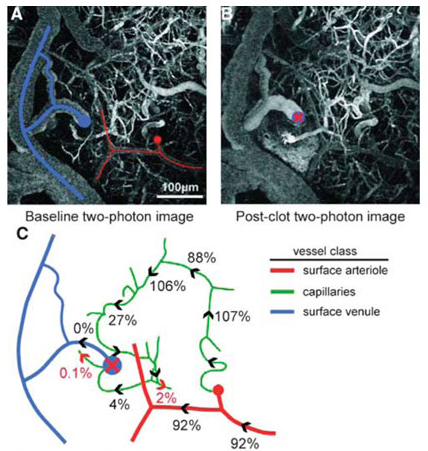
Week 13. Prevention and Reversal of Structural Cognitive Decline
Brain cells are like muscle cells; both share many of the same dependencies required for healthy function. You must rest them and provide specific nutrients to aid their recovery and promote function. Growth of the synaptic web is utterly different from concrete physical things which maintain cells’ metabolism and alters their structural and functional energetic state.
Sensory flow and experience create growth between neurons, i.e. integrates the neural network and increases associative understanding and parallel processing.
read more
Week 11. Visual the System, Aerobic Metabolism Part 1
“How does a fetus breathe?” This is a trick question; I realize an embryo is not ‘lung breathing’. This is a challenge to think about how an embryo in the womb uses oxygen no differently as we all do once born into this world.
read more
Week 1. Visual the Oxygen Delivery System and Aerobic Metabolism
“How does a fetus breathe?” This is a trick question; I realize an embryo is not ‘lung breathing’. This is a challenge to think about how an embryo in the womb uses oxygen no differently as we all do once born into this world.
read more